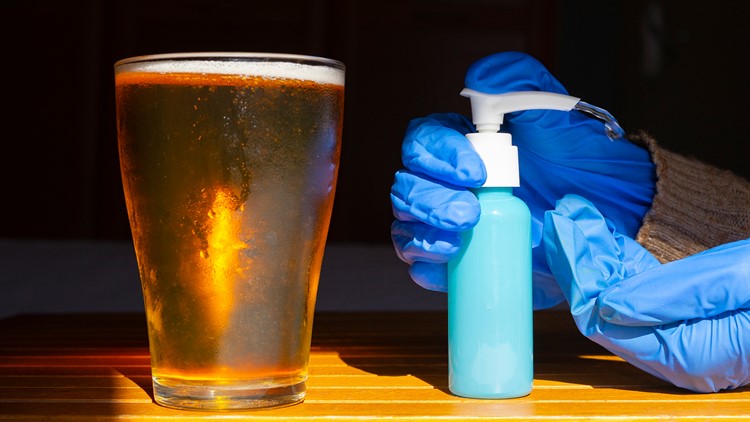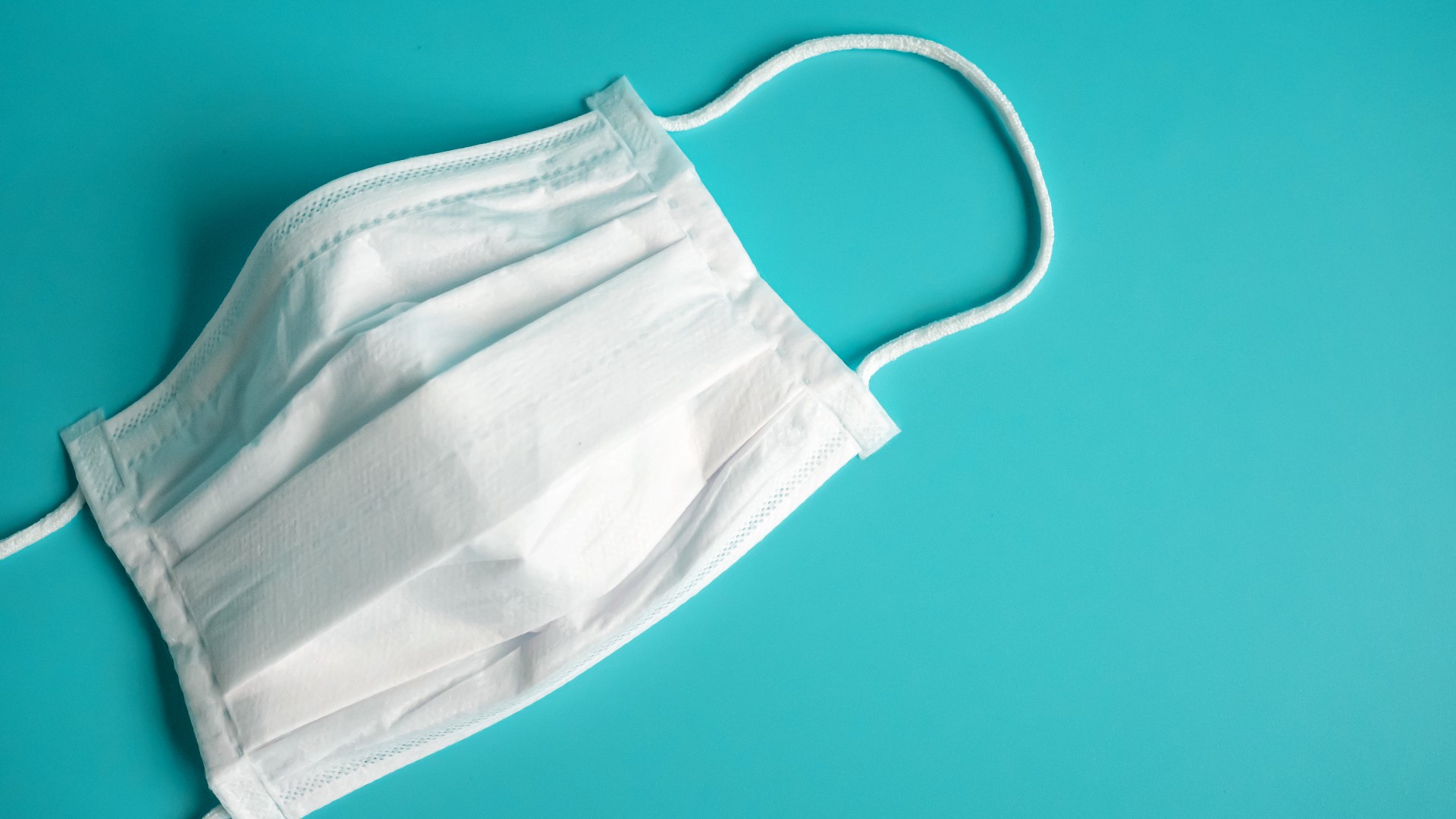ST. LOUIS — From honky tonks to saloons, hole-in-the-wall dive bars to swanky cocktail joints, leaders across the U.S. are saying it’s closing time for many drinking establishments to help stem the surge of COVID-19 infections.
Clusters of cases have been linked to bars for a couple different reasons. The virus spreads more easily in closed, crowded spaces with poor ventilation and during close-range conversations. Also, drinks lower people’s inhibitions, their ability to think clearly and fully consider the impact of their actions on themselves or others, said Dr. Andrew Janowski, who’s a Washington University infectious disease specialist at St. Louis Children’s Hospital.
Reducing indoor restaurant capacity and cutting off alcohol sales earlier in the night are a couple of the recommendations that have come straight from the White House Coronavirus Task Force. Suggestions some states and local leaders acted on very quickly.
Here’s a look at how cities and states across the U.S. are restricting bars and restaurants in a move to slow the COVID-19 spread.
Within days of speaking to White House Coronavirus Task Force Dr. Deborah Birx, St. Louis County ordered bars to close by 10 p.m. The restriction started on July 31 and was expected to stay in place for a few weeks.
In the City of St. Louis, the health department started shutting down establishments that repeatedly ignored social distancing standards and didn’t enforce the mask mandate. The closures came after videos inside Wheelhouse went St. Louis viral, showing people packed into the club with a DJ playing and no sign that a worldwide pandemic is going on. Wheelhouse – along with its next-door sister location Start Bar STL – fought back against the closures, suing the city because they said they aren’t the “mask police.”
Restrictions are much tougher in other cities and states, including re-closing indoor dining or stopping alcohol sales at restaurants and bars altogether.
In Memphis, a county-wide order forced businesses to stop indoor services where alcohol sales make up more than half of their profits. That includes the extremely popular drinking and party spot Beale Street. Outside dining also is a no-go. Curbside, drive-thru and delivery services can continue, but alcohol sales have to stop by 10 p.m.
Bourbon Street in New Orleans isn’t looking like it’s normal self these days either. Bars are effectively closed. On July 24, the Louisiana governor eliminated indoor and outdoor seating at bars. That order will continue through at least Aug. 28. The New Orleans mayor took restrictions a step further, banning to-go drinks, including at walk-up windows on Bourbon which is a staple of the city’s nightlife.
Popular bars in Nashville had the plug pulled on them. Bars have been ordered to stay closed until at least Aug. 16, unless they serve food. Drinking establishments with a restaurant license can be open until 10 p.m. with 50% capacity. That’s how some downtown establishments have been able to stay open. Though viral images of bridal parties, a party packed with “influencers” and tourists on “transpotainment” vehicles have some other bar owners crying fowl, saying those businesses are exploiting a loophole.
A lot of restrictions are statewide ones.
Florida suspended drinking alcohol at bars within an hour of the state reporting the highest single-day spike in new COVID-19 cases. That was back on June 26. The ban is still in effect, though there have been a lot of complaints about bars breaking the rules.
New York state residents can only get drinks at restaurants if they’re also ordering food. In New York City, the restrictions are even tighter. Indoor dining is still banned altogether.
Dine-in service also isn’t on the menu in California. On July 13, the governor ordered all inside service to stop; restaurants had only been back open for a month at that point. The order also forced bars across the state to close again.
Kentucky bars were ordered to close for two weeks starting July 28, while indoor dining at restaurants was limited to 25% capacity.
A day after pausing reopening plans, restrictions were increased in Texas, closing bars or any business that brings in 51% or more from alcohol sales. But, as the saying goes, “you don’t mess with Texas.” Bars are revolting, holding “Freedom Fest” protests. The Texas Alcoholic Beverage Commission recently updated its guidelines to help some bars reestablish themselves as restaurants under some circumstances.
Several states have alcohol “curfews”.
In North Carolina, sales are banned after 11 p.m. at restaurants, breweries, wineries and distilleries. Residents can still pick up some drinks at the grocery store after hours though. Under an order to remain in the state’s Safe-at-Home Phase 2, some bars aren’t allowed to open at all. That order is in effect through at least Sept. 11.
The same alcohol curfew is in effect in Alabama. The order started Aug. 1 and is in place for at least four months.
And in Ohio, an order has banned the sale of alcohol at bars and restaurants after 10 p.m. A lawsuit was filed against the state trying to fight the late-night ban, but a judge ruled the sales curfew can stay in place.
—
This story is a companion piece to the Abby Eats St. Louis podcast episode titled "It almost felt a little bit too normal inside." You can listen to Abby Eats St. Louis for free on all major podcast platforms. Use the links below to subscribe.
Apple Podcasts | Google Podcasts | Spotify | Stitcher | TuneIn | Castbox



